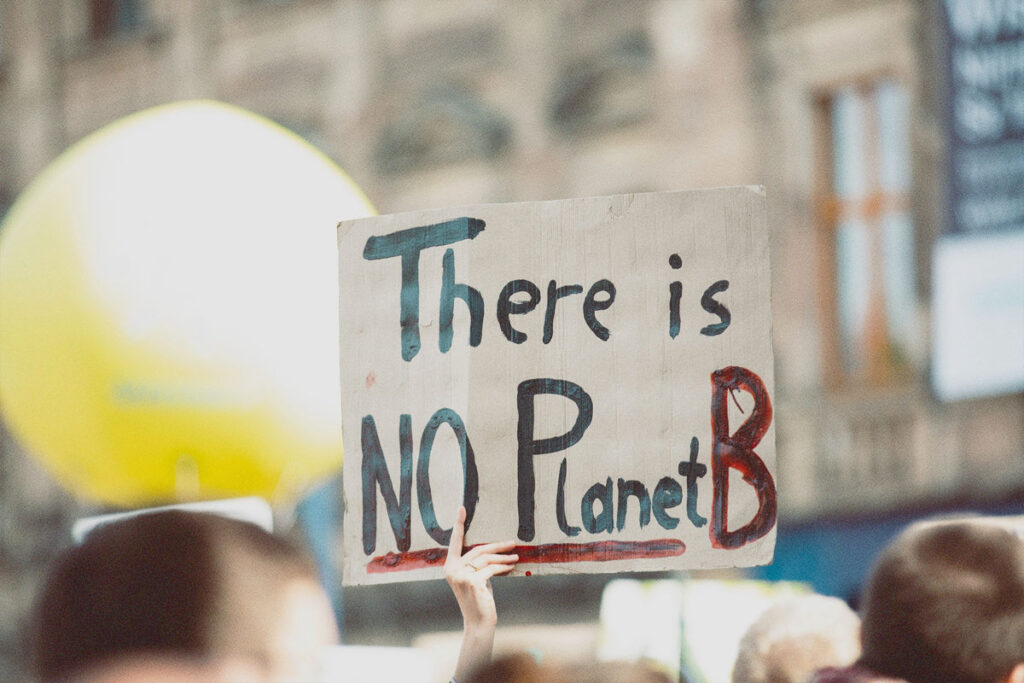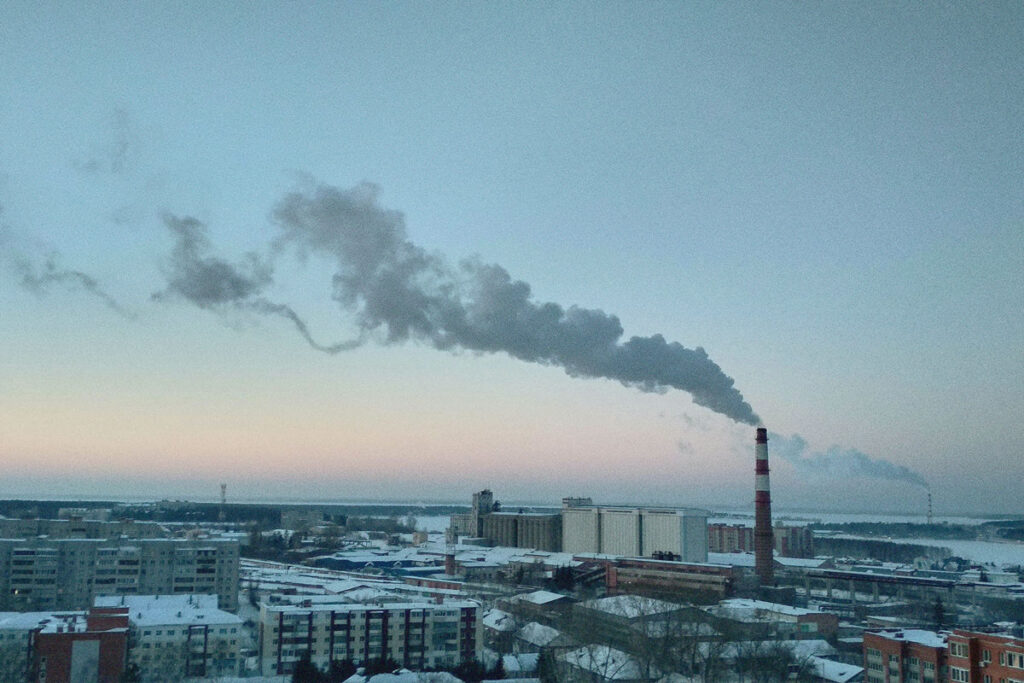



 CLIMATE CHANGE
CLIMATE CHANGE
We need new tools to mitigate climate change while advancing planetary and human health.
We’ve crossed the threshold for 6 out of 9 of the boundaries that ensure our planet’s survival: from climate change to chemical pollution. To ensure continued thriving and surviving, we have to recognize the relationship between climate and the other 8 boundaries, broadening our focus to find intersectional solutions.

Our negative impact on the planet isn’t limited to carbon emissions.
The way we make and consume “stuff” has significant, negative impacts on our climate and human health. We must optimize for both to restore nature’s balance.
Behind packaging, the built environment is the second highest-consuming sector for plastic. Combined, they account for more than 50% of global plastics use. Addressing these two sectors holistically will reduce fossil fuel reliance, mitigate climate change, and support the health of all living things.

 winning strategy.
winning strategy.
Smart sustainability leaders are optimizing for decarbonization and detoxification—we don’t have to choose. We know it’s possible to advance climate goals by selecting low-carbon products and minimizing the harmful chemicals that impact human health.


